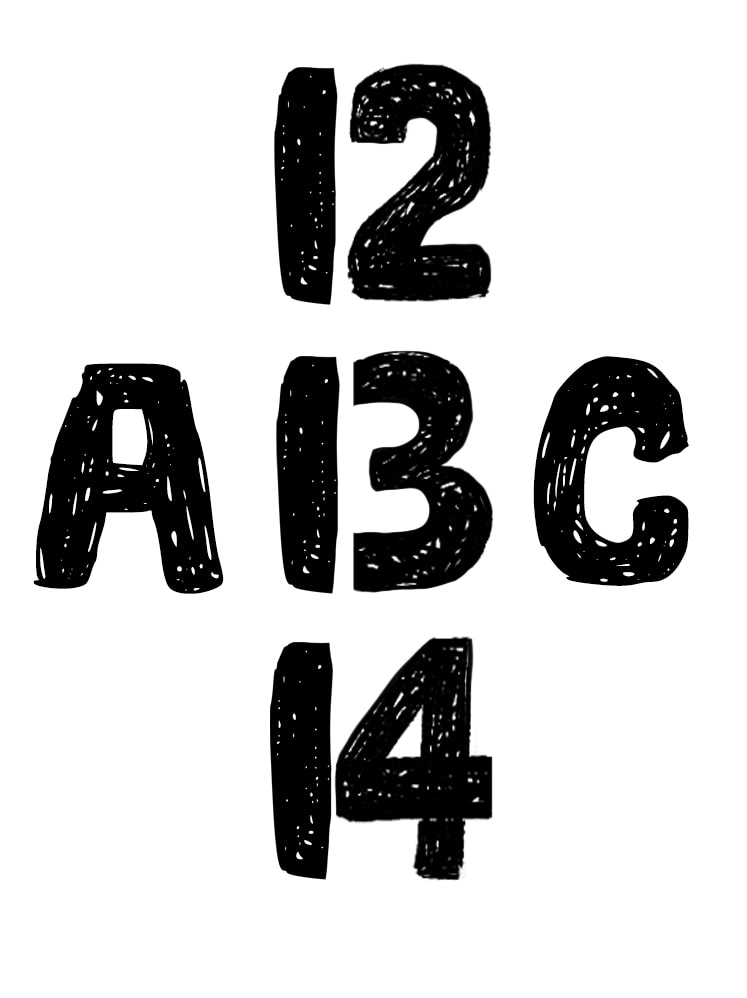Bottom-up processing refers to information processing that processes stimuli from the bottom up. The process begins with smallest details, and builds up to more complicated concepts. This is distinct from top-down, which involves forming an overall impression, and then searching for evidence that supports this notion. For instance, someone who is visualizing an urban street might first get an overall impression that the area is packed, noisy, and chaotic. They might look for certain indicators to confirm this idea, such as people pushing through crowds or noise emanating from nearby vehicles.

Since bottom-up processing tends be more analytical and driven by data, it has been widely examined in relation to specific cognitive taskslike perception and memory. However, it also plays an important part in other fields like decision-making and creative pursuits like design or art. Bottom-up Processing can be employed strategically and correctly to solve more difficult problems and gain greater insight into the underlying causes. Therefore, despite its negative stigma in academic circles bottom-up processes are extremely helpful in understanding the world around us and our own inner workings as well.
The brain’s intricate circuitry is at the heart our thoughts and actions, as well as our decisions. The brain’s complex processes play an significant roles in everything including intelligence and memory to mood and behavior. One particularly important mechanism that has been found to influence how the brain functions is called bottom-up processing. Bottom-up processing refers specifically to the way information is processed starting with the individual nerve cells as well as moving through interconnected neural pathways. This ultimately affects higher cognitive processes, like attention or perception. Research has demonstrated that this process could have profound effects on phenomena like memory and learning. It can also be utilized to treat diseases such as Alzheimer’s or schizophrenia. Thus, by better understanding bottom-up processing and its mechanisms, we may be able to unravel some of the mysteries underlying brain function, paving the way for the development of powerful new tools in neuroscience and healthcare.
Bottom-up processing refers to the way our brain process information. It is not the same as top-down processing that is more concerned with incorporating expectations and previous knowledge into the learning process. Bottom-up processing is based on raw and new data. Bottom-up processing is beneficial for all learners. It is focused on the distinct elements of learning starting with basic vocabulary and sounds to more complex concepts and concepts.
The main benefit of processing bottom-up is that it permits us to step back and pay attention to each individual element of information we encounter. This will allow us to be fully engaged in what we learn and make it much easier to improve, learn, and refine existing concepts. Furthermore, by highlighting the ways in which different parts of information are linked by logical chains or networks It helps us see how different parts can be connected to help our understanding at higher levels. Engaging in a bottom-up process could assist us to become more proficient learners and more effective communicaters.
For more information, click Practical Psychology
